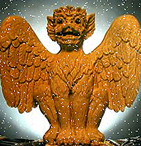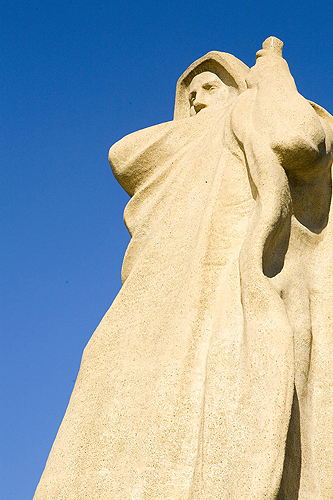Art in science
Just off the elevators on the Gordon Center's third floor, Michael LaBarbera's Bay Scallop—Looking Back jumps out at visitors, displayed among other 20-by-26-inch prints. The photograph's neutral background—dirty white waves and jelly-like bristles—sets off eight of the organism's turquoise eyes, seven marching along a diagonal and one outlier at the upper right.
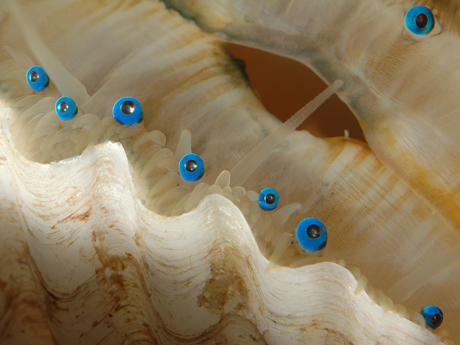
The animal has hundreds more eyes that the photo doesn't show—but what does an organism with virtually no brain do with so many eyes? "We know that the scallop can use its eyes to census the number of particles in the water, which it eats," LaBarbera says, "and it has been claimed that they can see predators like crabs approaching, but the evidence is pretty bad for the latter." He found the scallop—Argopecten irradians—in the northern Gulf of Mexico and used it while teaching Invertebrate Zoology this past spring quarter. The image shows a shell at the bottom, the eight eyes and sensory tentacles, and an opening where water enters for feeding and respiration.
One of about 40 pieces in the Science in Art exhibit, which is brightening the Gordon Center's sunny atrium through December 13, the photograph is an example of the beauty in science. The exhibit, in its second year, aims to show how "people incorporate art into science or science into art," says organizer Rebecca Ayers, a doctoral student in biochemistry and molecular biology who also paints.
So while some of the art, like LaBarbera's, comes from scientists at the University, Argonne National Lab, or Fermilab, other pieces are by local artists who meld science into their work. Chicago artist Vesna Jovanovic, for example, contributed Timekeeper, a self-portrait in which she overlaid several years' worth of full-body X-rays, then drew or painted clock gears over the heart and other systems. Near the arms she drew the beginnings of wings, showing what may come in thousands of years. "The piece is a record of the passing of time," she notes in her artist's statement, "not only a lifetime (illustrated by the medical scans), but also time through evolution, technology, and culture."
A.B.P.
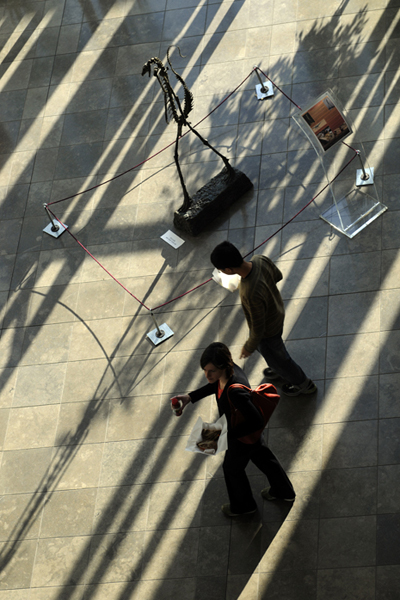

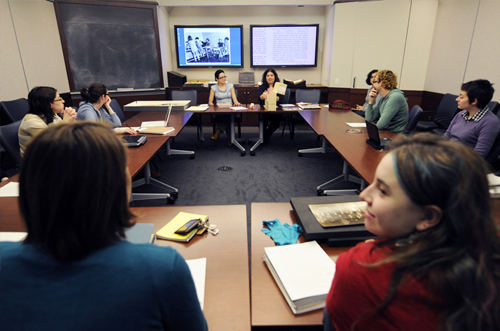

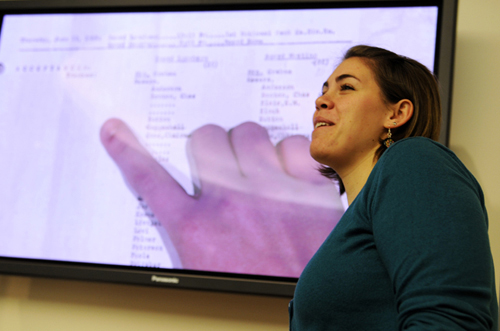
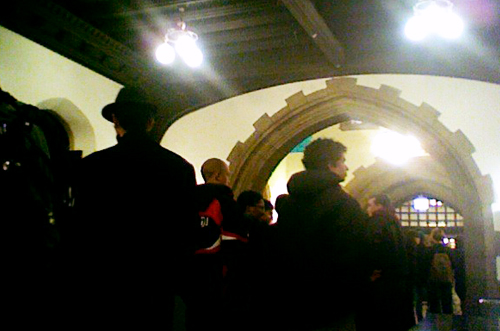
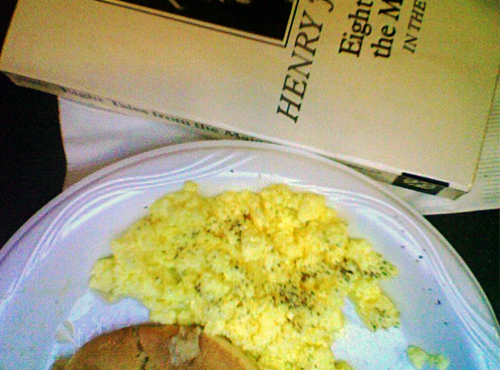

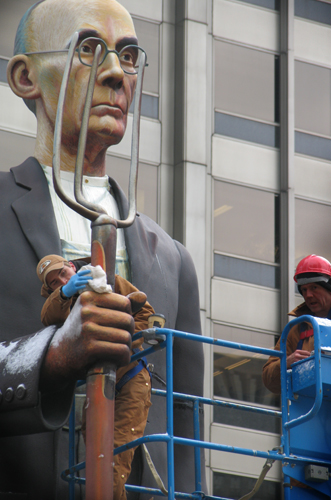
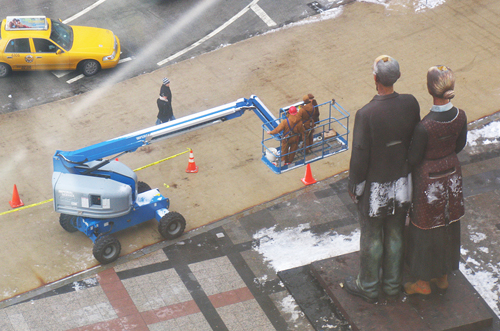
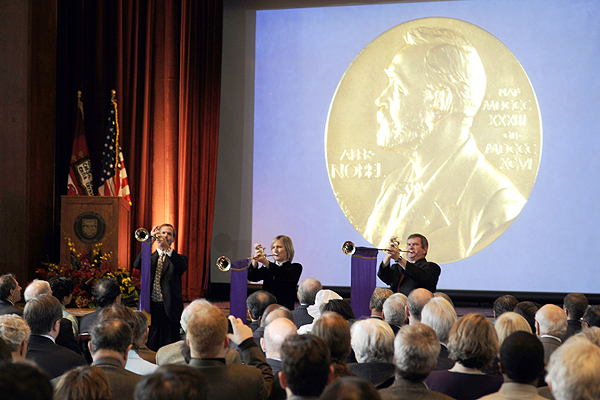
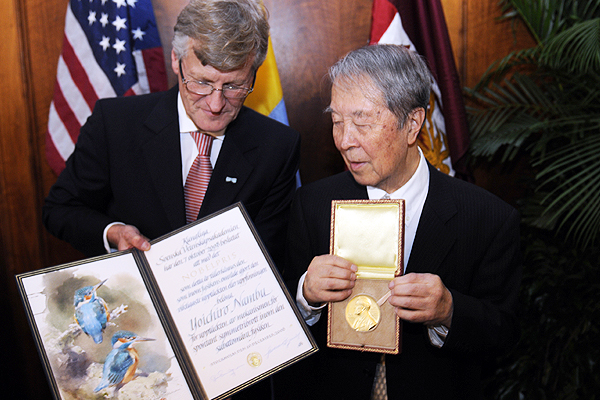
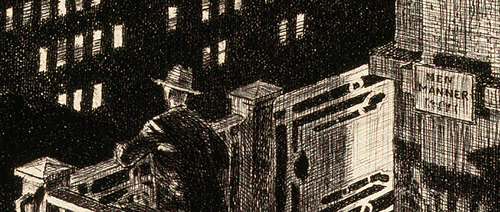
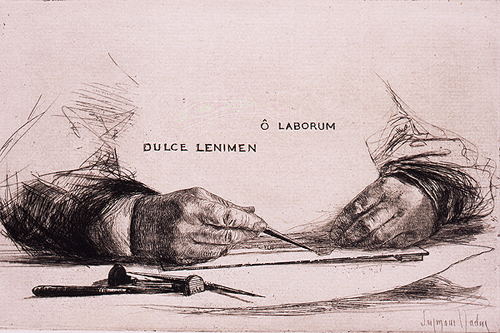
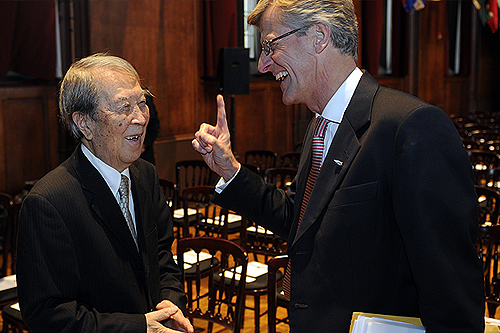
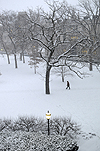
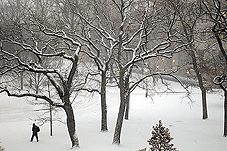 Despite a
Despite a 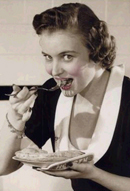 If you haven’t yet had your fill of sinful sweets and savory dishes this holiday season, feast on the University of Chicago Press’s always satisfying
If you haven’t yet had your fill of sinful sweets and savory dishes this holiday season, feast on the University of Chicago Press’s always satisfying 
